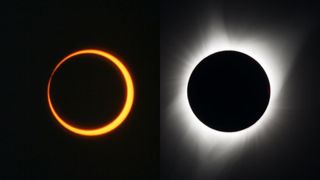Jamie is an experienced science, technology and travel journalist and stargazer who writes about exploring the night sky, solar and lunar eclipses, moon-gazing, astro-travel, astronomy and space exploration. He is the editor of WhenIsTheNextEclipse.com and author of A Stargazing Program For Beginners, and is a senior contributor at Forbes. His special skill is turning tech-babble into plain English.
Latest articles by Jamie Carter
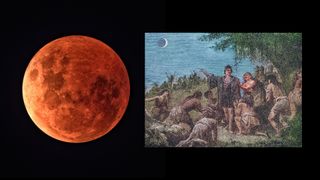
This week's 'blood moon' eclipse mirrors one Christopher Columbus used to scare indigenous people in 1504
By Jamie Carter published
On March 13-14, 2025, skywatchers in the Americas will witness a total lunar eclipse that mirrors one Christopher Columbus is said to have used to his advantage over five centuries ago.

What's the difference between a solar eclipse and a lunar eclipse?
By Jamie Carter published
We explore the celestial geometry that explains different kinds of eclipses of the sun and the moon.

Why the northern lights seem more frequent than ever — from solar science to smartphone snapshots
By Jamie Carter published
You may have noticed that more auroras have been visible in recent years, including from lower latitudes. Here's why the northern lights have been amped up lately.

Stargazing with Binoculars: Beginner Tips
By Jamie Carter last updated
Learn how to get the most out of your binoculars and improve your stargazing experience with our easy-to-follow guide.

Monocular vs binocular: Which is best for stargazing
By Jamie Carter published
Reference From magnification to light-gathering, here’s how to make the decision between buying binoculars or a monocular for stargazing and astronomy.
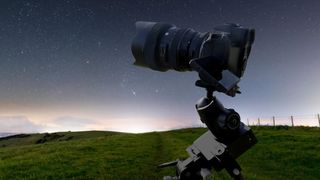
Best star trackers for astrophotography 2025
By Jamie Carter last updated
Buying Guide The best start trackers will help you take better photographs of the planetary parade and the total lunar eclipse by tracking the Earth's rotation.

The 7 best total solar eclipses of the next 10 years
By Jamie Carter published
We explore seven of the best solar eclipses to look out for over the next 10 years.

Telescope vs monocular: Which should I buy?
By Jamie Carter published
Reference From magnification to light-gathering, here’s how to make the decision between buying a telescope or a monocular for stargazing and astronomy.

Nocs Provisions 8X32 Field Tube monocular review
By Jamie Carter published
Review The Nocs Field Tube 8x32 is weatherproof and offers excellent views of the moon and planets. It's a great companion for the great outdoors.

What should I look for in a monocular for stargazing?
By Jamie Carter published
Reference From magnification to letting in enough light at night, here's how to choose the perfect monocular for stargazing and astronomy.

15 must-see naked-eye skywatching events this year
By Jamie Carter last updated
The 2025 skywatching guide includes a rare sunrise solar eclipse, an occultation of Mars and three supermoons. Here are the dates you need to know.
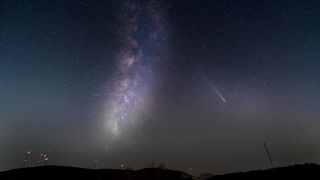
Get ready for the 'New Year Comet': What to expect from Comet ATLAS (C/2024) G3
By Jamie Carter published
Comet ATLAS (C/2024) G3 could be set to wow sky-watchers at the beginning of 2025.
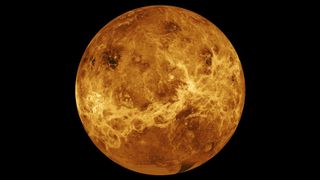
Year of Venus: How to see the 'evening star' at its best in 2025
By Jamie Carter published
Venus is moving toward a dramatic finale in early 2025, when it will dazzle as the "evening star" after sunset. Here's when to catch it at its brilliant best.
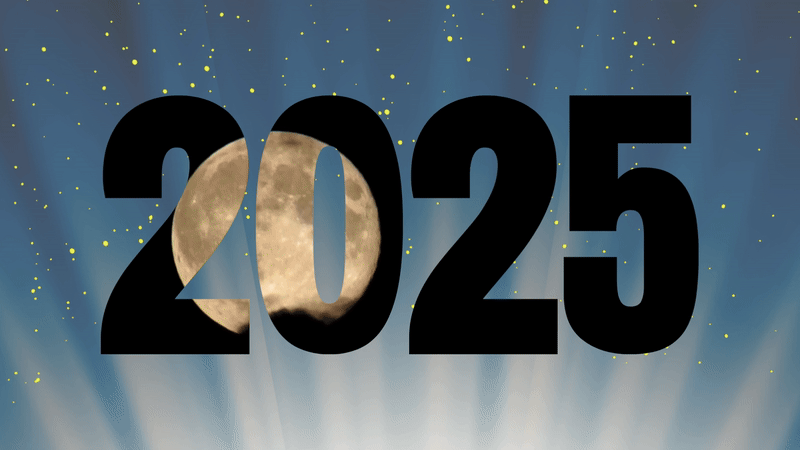
Don't miss these 15 spectacular moon events in 2025
By Jamie Carter published
Here are the best lunar events to see in 2025, including the Major Lunar Standstill, eclipses, occultations and conjunctions involving the moon.
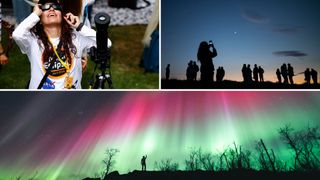
10 times the sky amazed us in 2024
By Jamie Carter published
A magnificent totality across North America, raging northern lights and a naked-eye comet were just three skywatching highlights in 2024. Here's how they all unfolded.
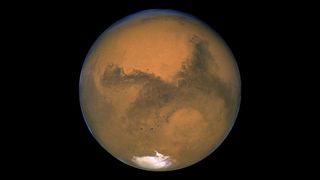
Mars opposition 2025: How to see the Red Planet at its biggest and brightest
By Jamie Carter published
Mars is on the cusp of becoming bigger and brighter than at any point since 2022 as it comes into alignment with Earth and the sun.

The Native American night sky: 7 starry sights to see
By Jamie Carter last updated
Reference Our Native American night sky guide tells you more about indigenous constellations and where you can find them.

Comet Tsuchinshan-ATLAS is still visible in the night sky, but not for long
By Jamie Carter published
Have you seen comet Tsuchinshan-ATLAS yet? If you haven't yet seen the bright, icy space rock that's traveled from the edge of the solar system, it's not too late. But you need to see it soon.
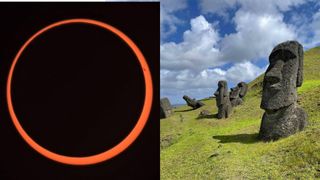
What it was like to experience the 'ring of fire' solar eclipse on Easter Island
By Jamie Carter published
A few hundred eclipse chasers flocked to Chile's Rapa Nui to see annularity from the home of the mysterious moai.

How long will the annular solar eclipse on Oct. 2 last?
By Jamie Carter last updated
The "ring of fire" duration depends on where you are watching it from.

Annular solar eclipse 2024: Everything you need to know about the next solar eclipse
By Jamie Carter last updated
Reference The next solar eclipse will be an annular solar eclipse on Oct. 14, 2024. The 'ring of fire' will be visible across the Pacific Ocean and South America.
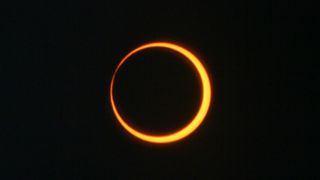
What time is the annular solar eclipse on Oct. 2?
By Jamie Carter published
Here's what time the "ring of fire" annular solar eclipse on Oct. 2, 2024 will occur as well as the annular eclipse times and durations for locations in the path of annularity.
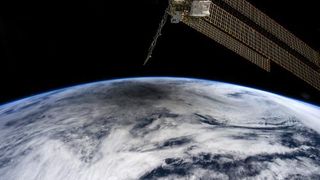
How fast will the annular solar eclipse on Oct. 2 travel?
By Jamie Carter last updated
On Oct. 2 an annular solar eclipse will sweep across the Southern Hemisphere but just how will it travel?
Breaking space news, the latest updates on rocket launches, skywatching events and more!

